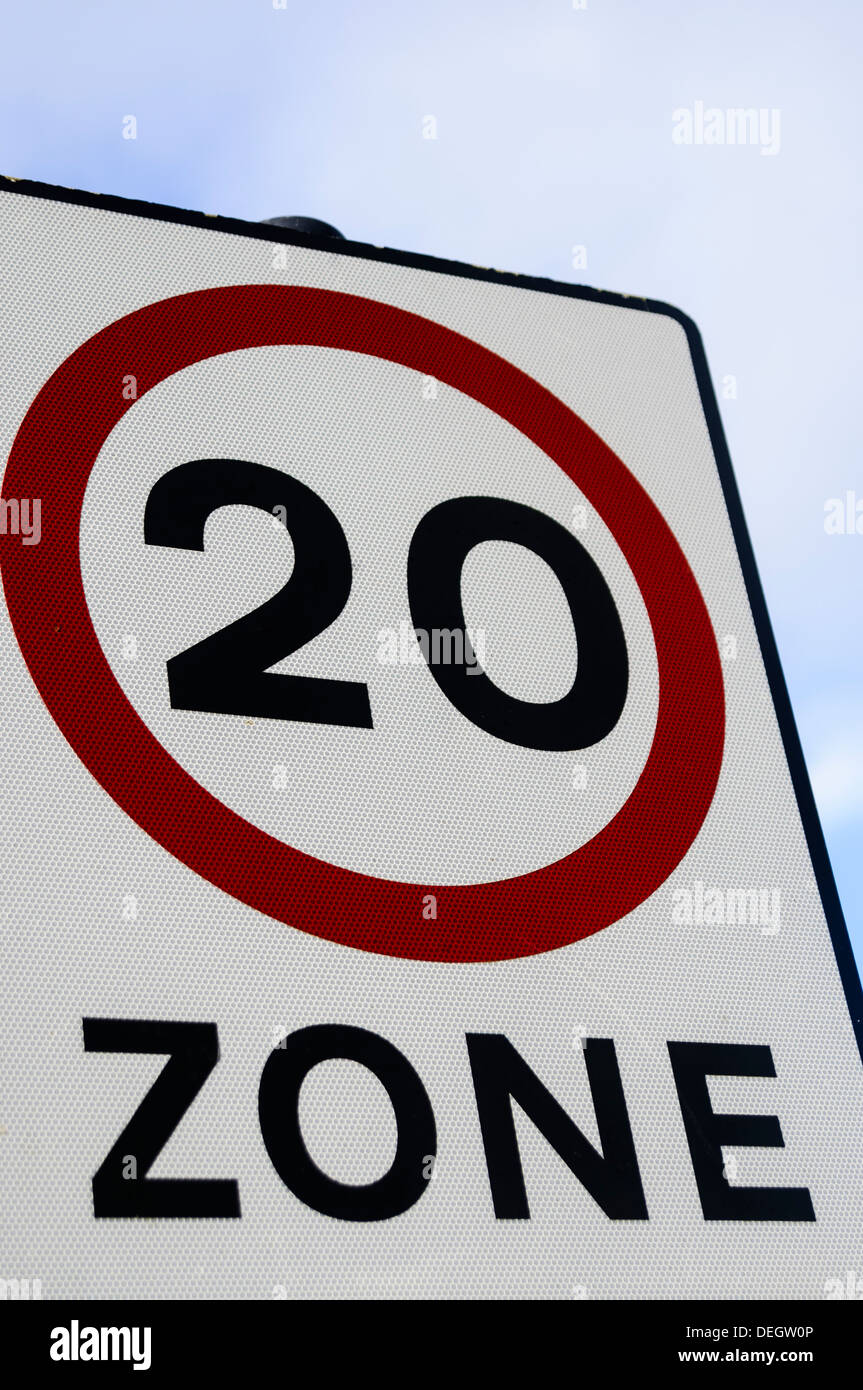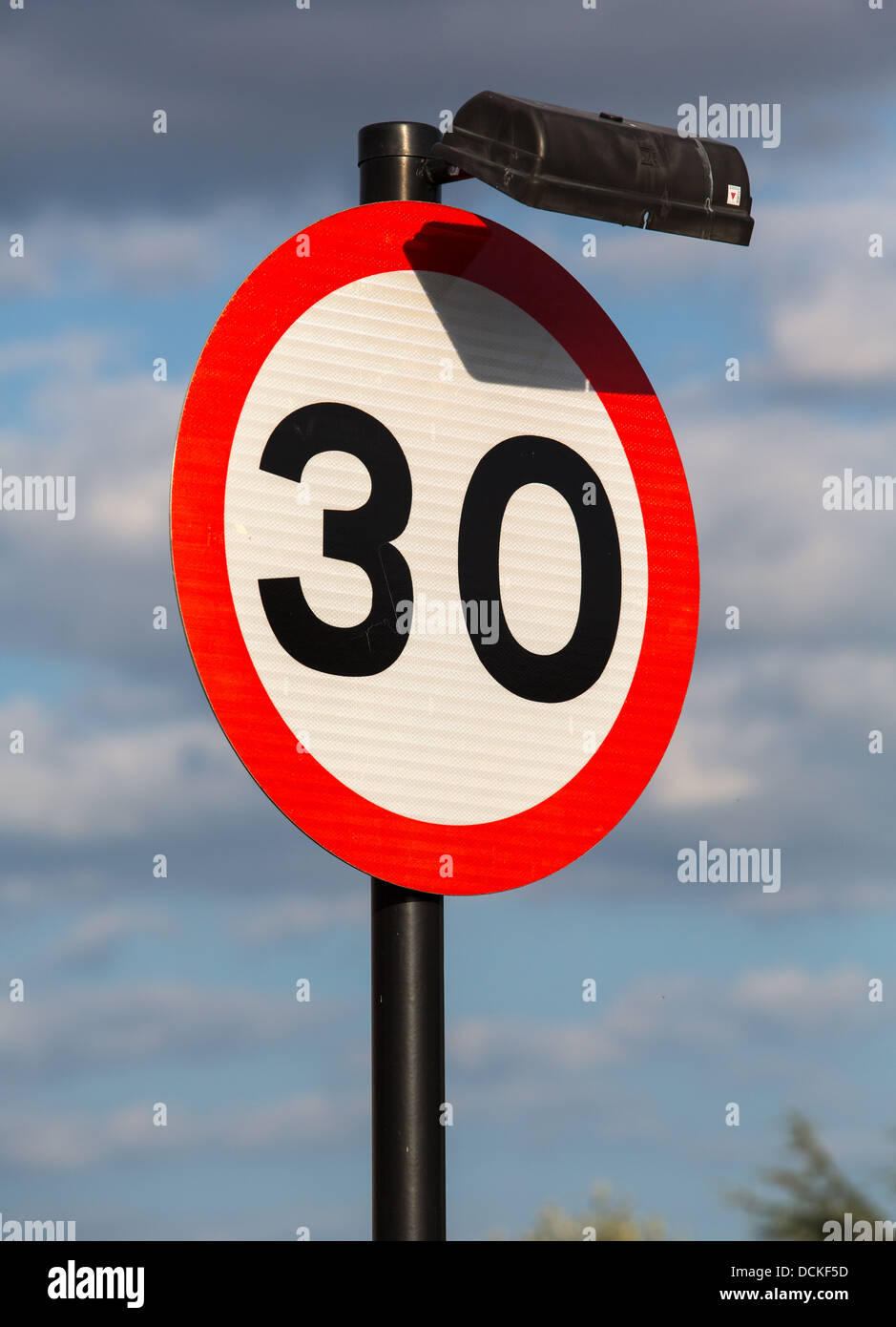


This measure is usually an average, that is, if a car traveled the distance of 210 km between two cities and to take this route, it took an hour and a half, so we will get a speed of 140 kilometers per hour (140 km/h). As its name implies, this unit represents the distance (in kilometers) traveled by an object for one hour. In these countries, road speed limits are calculated in kilometers per hour, which is abbreviated as kph or km/h. Kilometer per hour is a measure of speed, typically used in countries that use the metric system. Light travels at a constant 186,000 miles/second, which means that we see the flash immediately as. A mile per hour is a unit of speed commonly used in the United States. In dry air, at 0 degrees Celsius, the speed of sound is about 331.3 meters per second. There are already some projects for the construction of airplanes that can reach the surprising speed of Mach 20. When lightning strikes, a bright flash of light is generated. The speed of sound varies depending on many factors. Most of them can fly at a speed equal to or greater than Mach 4, that is, four times the speed of sound. The air force has combat aircraft with speeds several times higher than the speed of sound, they are the so-called supersonic planes. For typical air at room conditions, the average molecule is moving at about 500 m/s (close to 1000 miles per hour). This is the reference measure used by the Mach speed, and thus, Mach 1 corresponds to exactly that value.

In the Earth's atmosphere, if we take into account a temperature of approximately 15 degrees Celsius, the speed of sound is 1225 km/h. We can find the speed of sound by looking at the speed of this compressed region as it travels through the medium. The speed of sound is not constant and depends on the medium where the sound is propagated.

In other words, the Mach speed corresponds to the number of times an object has reached the speed of sound. Therefore, 1 mile is equivalent to 1.609344 kilometers.Mach is a velocity measure defined as the ratio of an object's velocity to the speed of sound. The units are defined as follows: An object moving at 1 "mph" per hour will cover a distance of one mile. For example, if a vehicle travels at a speed of 100 miles per hour (100 mph), it will move around 160 km per hour in the metric system. Therefore, the metric system is defined in miles (instead of kilometers) per time unit. The unit of length known as a "mile" and it should not be confused with the nautical mile and very commonly used in the Anglo-American countries. Imagine, if the start shot was fired at the finish line, it would take about 0.3 seconds of time to hear the shot in the start blocks. Another example, in a 100-meter sprint, the starting shot is fired directly next to the starting blocks. Scientists have discovered the fastest possible speed of sound, a zippy 22 miles (36 kilometers) per second. The speed of sound is often illustrated by an example of a thunderstorm: if lightning strikes within 3 seconds of the thunder sound, then the thunderstorm is about 1 kilometer away. Actually, it is equivalent to 1.234,8 km/h. Definition: If an object travels at the speed of sound in air at 20 degrees Celsius for one second, it travels a distance of 343 meters per second.


 0 kommentar(er)
0 kommentar(er)
